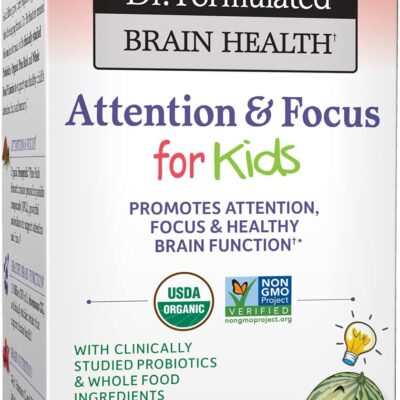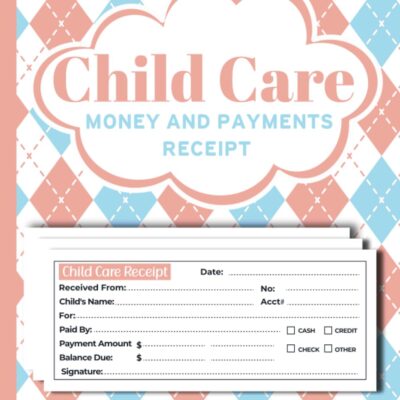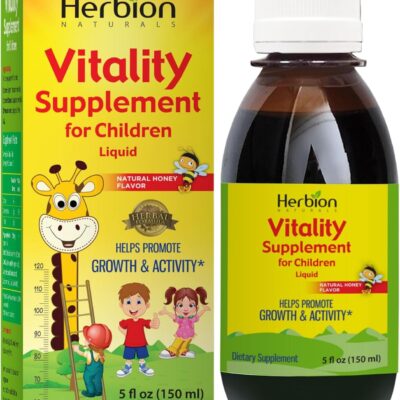Increase Breast Milk Supply Naturally chances are you’re worried about producing enough milk for your baby.

Increase Breast Milk Supply Naturally many moms have the same concern. The great news is that there are plenty of natural ways to boost your breast milk supply. In this guide, we will chat about 13 practical strategies to help you on your breastfeeding journey. In this way, snatch a comfortable seat, and we should plunge in!
Strategy 1: Maintain a Healthy Diet
Let’s start with the basics—your diet. Eating a decent and nutritious eating routine is urgent for overall health and milk production. Think of your body like a machine that needs the right fuel to run efficiently. Include iron, calcium, and protein-rich food sources, as mixed greens, nuts, seeds, lean meats, and dairy items. And don’t skip out on fruits and veggies—they’re packed with the necessary vitamins and minerals.
Hydration is critical, too. Your body needs extra fluids to produce breast milk. Aim for at least eight glasses of water a day. Home grown teas and coconut water can likewise be great options. Remember, if you’re thirsty, your body tells you it needs more fluids!
Strategy 2: Frequent Nursing
Next up, let’s talk about the magic of frequent nursing. The more your child nurture, the more milk your body will create. It’s all about supply and demand. Aim to nurse on demand—whenever your baby shows signs of hunger, like rooting, sucking on their hands, or getting fussy.
Ensure your child exhausts one bosom prior to changing to the next. This helps stimulate both breasts and ensures your baby gets both the foremilk, which is rich in lactose and the hindmilk, which has more fat and calories.
Strategy 3: Pumping Between Feeds
Incorporating pumping sessions between nurses can boost milk production. Using a breast pump helps stimulate your breasts to produce more milk. If your baby isn’t emptying your breasts, pumping can help remove leftover milk and encourage your body to make more.
Set up a pumping schedule that works for you. Plan to siphon for around 10-15 minutes after each breastfeeding meeting or at least three times a day. If you’re heading back to work, try to pump during your breaks to keep up your supply.
Strategy 4: Skin-to-Skin Contact
Skin-to-skin contact with your baby isn’t just good for bonding—it’s great for milk production, too. When your baby is snuggled against your skin, it animates the arrival of chemicals like oxytocin, which are crucial for milk production.
Incorporate skin-to-skin time right after birth and throughout your breastfeeding journey. Whether during nursing sessions or just cuddling your baby against your bare chest, these moments can help increase your milk supply.
Strategy 5: Herbal Supplements
Certain herbs, known as galactagogues, are believed to help boost milk supply. Popular choices include fenugreek, blessed thistle, and fennel. You can find these in teas, capsules, or tinctures.
Before you start any herbal supplements, check with your healthcare provider. While many moms find these herbs helpful, they can make side impacts or associate with different prescriptions.
Strategy 6: Adequate Rest and Stress Management
Being a new mom is exhausting, but getting enough rest is essential for maintaining your milk supply. Lack of sleep and high-stress levels can negatively impact milk production. Attempt to rest when your child dozes, and don’t hesitate for even a moment to request help from family and friends.
Managing stress is just as important. Incorporate relaxation techniques into your daily routine, like deep breathing exercises, yoga, or meditation. Even a few minutes of mindfulness can significantly reduce stress and boost your milk supply.
Strategy 7: Proper Latch and Positioning
Guaranteeing your child has a legitimate hook is critical for successful breastfeeding. An unfortunate hook can prompt lacking milk move and sore areolas, influencing your milk supply.
Make sure that the mouth of your child covers a lot of the areola well as the genuine areola to get a nice catch. You shouldn’t feel torture; you should feel a light pulling. Experiment with different breastfeeding positions, like the cradle hold, football hold, or side-lying position, to find what works best for you and your baby.
Strategy 8: Avoiding Pacifiers and Bottles Early On
Introducing pacifiers and bottles too early can lead to nipple confusion, where your baby might struggle to latch onto the breast correctly. This can hinder your breastfeeding efforts and reduce your milk supply.
Avoiding pacifiers and bottles until breastfeeding is well established, usually around 3-4 weeks, is generally recommended. During this time, focus on direct breastfeeding to help your baby get used to latching onto your breast.
Strategy 9: Breast Massage
Breast massage can be a helpful technique for stimulating milk flow and increasing supply. Massaging your breasts before and during nursing or pumping can help empty the milk ducts more effectively.
Use circular motions starting from your breast’s outer edges and moving towards the nipple. This can help stimulate let-down and ensure your breasts are fully emptied, signaling your body to produce more milk.
Strategy 10: Lactation Cookies and Teas
Lactation cookies and teas are popular among breastfeeding moms because they can boost milk supply. These products often contain ingredients like oats, flaxseed, and brewer’s yeast, which are believed to promote milk production.
You can find numerous recipes online for hand crafted lactation cookies or buy pre-made ones. Similarly, lactation teas can be found at health food stores or made at home using galactagogue herbs.
Strategy 11: Staying Relaxed While Nursing
Increase Breast Milk Supply Naturally creating a calm and relaxing environment for breastfeeding can significantly impact your milk supply. Find a quiet, comfortable space where you can nurse without interruptions.
Use relaxation techniques like deep breathing, soothing music, or visualizing a peaceful place. Staying relaxed helps your body produce oxytocin, essential for milk let-down.
Strategy 12: Checking for Underlying Health Issues
Increase Breast Milk Supply Naturally underlying health issues can affect your milk supply. Conditions like thyroid problems, hormonal imbalances, or previous breast surgeries can impact breastfeeding.
If you’re concerned about your milk supply, It is important to talk to a healthcare worker or lactation consultant. They can help identify potential issues and provide tailored advice to help you succeed in your breastfeeding journey.
Strategy 13: Support Systems
Increase Breast Milk Supply Naturally robust support system can improve your breastfeeding experience. Reach out to family and friends for help with household tasks, meals, or caring for older children.
Joining breastfeeding support groups, in-person or online, can help you, support you, and make you feel like you belong. You might feel better and get new ideas when you talk about your problems with other moms who know what you’re going through.
In conclusion
Increase Breast Milk Supply Naturally there are numerous awful things that can happen while you’re nursing and rewards. By incorporating these 13 effective strategies, you can naturally boost your breast milk supply and provide your baby with the best nutrition possible. Remember, every mom’s breastfeeding journey is unique, so be patient with yourself and seek support when needed. You’ve got this, mama!
“Your breastfeeding journey is a personal and empowering experience. Trust your body, stay informed, and know that you’re giving your baby an incredible start in life.”





